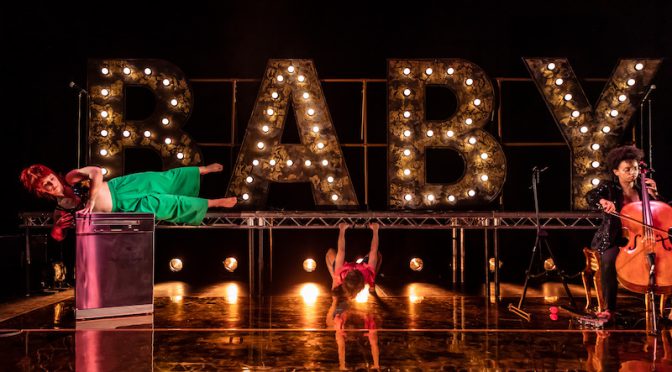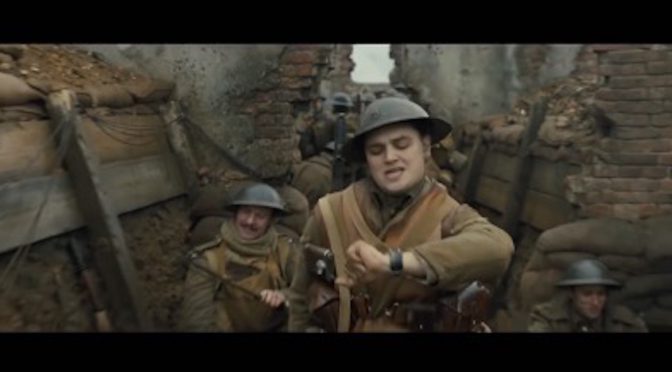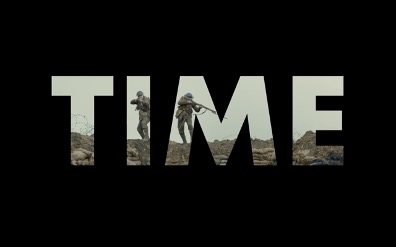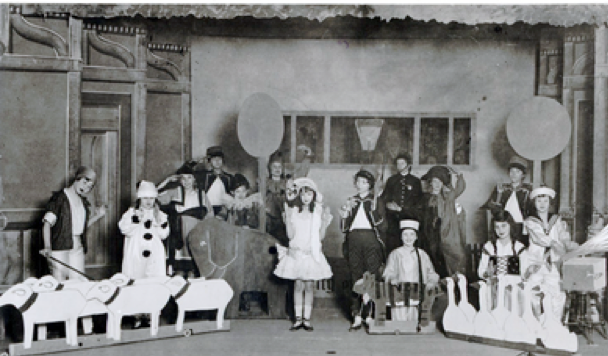By Subha Robert William
RashDash’s Oh Mother opens up with mess. Abi and Helen find themselves in a place of undoing. As they are left with just five minutes before the show starts, things around them are in disarray.

By Subha Robert William
RashDash’s Oh Mother opens up with mess. Abi and Helen find themselves in a place of undoing. As they are left with just five minutes before the show starts, things around them are in disarray.


PhD researcher Lizzie Hibbert reflects on Sam Mendes’s First World War epic 1917. Please note: this piece contains spoilers!
Sam Mendes’s 1917 (2019) is as much a film about time as it is about war. The first indication of this comes in the film’s trailer, which is set to a soundtrack of ticking clocks. It opens on a wide shot of an un-helmeted British soldier running perpendicular to advancing troops towards the camera. The reedy ‘tick… tock…’ of a watch is just audible beneath ominous music and accelerating bootsteps. Suddenly we are underground by torchlight, and the ticking has transformed into the weighty, echoing hands of a pendulum clock. There is a split second of silence and then an explosion.

by Emily Moore
Emily Moore is a Master’s student at King’s College London, taking the ‘Modern Literature and Culture’ course. Interested in rhythm in modernist literature, she is currently working on a dissertation that compares the works of Virginia Woolf and Gertrude Stein.
On Friday 21st June, Kings’ Gilbert Scott Chapel rang with fragments of modernist culture. Forming part of the British Association for Modernist Studies’ 2019 Conference ‘Troublesome Modernisms’, ‘The Modernist Revue’, organised by Anna Snaith, Clara Jones, and Natasha Periyan, saw an evening of music, dance, and poetry performances inspired by, or seeking to evoke, the character of the era. This it did, calling to mind a watchword of modernist studies that is constantly being reanimated and reinterpreted: fragmentation.